Filling the Blank Questions For SSC MTS Online Exam is an important topic for candidates. It tests their grammar, vocabulary, and understanding of sentence structure. In this, candidates will be given a sentence with one or more missing words, and you have to choose the correct option to complete it meaningfully. These types of questions are simple but need good command of English. Practice regularly to improve your speed and accuracy. Focus on common topics like prepositions, conjunctions, tenses, and subject-verb agreement. Solving such questions can also help boost your marks in the English section of the SSC MTS 2025 exam.
Filling the Blank Questions For SSC MTS Online Exam
Q.1. Select the most appropriate option to fill in the blank.
Students of St. Xavier’s ______ away all the prizes.
- bearing
- bore
- borne
- bears
Answer: B
Sol:
The most appropriate option to fill in the blank is: (b) bore
The correct sentence is: “Students of St. Xavier’s bore away all the prizes.”
Explanation:
· “Bore” is the simple past tense of the verb “bear” (meaning to carry or win).
· The phrase “bore away” means “carried off” or “won” (especially in the context of prizes).
· The other options are incorrect:
· (a) “bearing” – present participle (incorrect tense).
· (c) “borne” – past participle (used with auxiliary verbs like “have”).
· (d) “bears” – present tense (does not match the past context).
Thus, “bore” is the correct choice.
Q.2 Select the most appropriate option to fill in the blank.
A ______ girl is missing from my Colony.
- less
- so
- little
- few
Answer:
C
Sol:
The correct option to fill in the blank is (c) little.
Explanation: “Little” is used as a determiner for singular, uncountable or abstract nouns, but in this context, “a little girl” refers to a small (young) girl, which is the intended meaning. (छोटी/कम उम्र की लड़की)
Example: A little boy came to ask for help.
Explain why other options are incorrect:
· (a) Less: Used with uncountable nouns (कम) – not correct before a countable singular noun
· (b) So: Used for emphasis, requires additional adjectives (e.g., so little) – incomplete alone
· (d) Few: Used with plural countable nouns (कुछ) – incorrect for singular “girl”
Q.3
Select the most appropriate option to fill in the blank.
I think it is quite ______ that your parents still hold hands.
- adorable
- adorably
- adore
- adores
Answer:
A
Sol:
The correct option to fill in the blank is (a) adorable.
‘Adorable’ is an adjective that means very lovable or charming. (बहुत प्यारा, मनमोहक)
Since the blank needs an adjective to describe the act of parents still holding hands, adorable is grammatically and contextually correct.
Example: The puppy is so adorable that everyone wants to cuddle it.
Meanings of other options and why they are incorrect:
· (b) Adorably – Adverb (प्यारे ढंग से); doesn’t fit as the sentence requires an adjective.
· (c) Adore – Verb (पूजना, प्यार करना); incorrect form here.
· (d) Adores – Verb (third person singular); grammatically incorrect in this context.
Q.4
Select the most appropriate option to fill in the blank.
Your explanation was simpler ______ Rekha’s explanation.
- of
- that
- then
- than
Answer:
D
Sol:
The correct option to fill in the blank is (d) than.
Explanation: This is a sentence involving comparison between two explanations.
In such comparisons, we use the conjunction “than” after comparative adjectives like “simpler.”
Example:
· Her cooking is better than mine.
Incorrect Options:
· (a) of – used for possession or connection, not comparison.
· (b) that – used in relative clauses.
· (c) then – refers to time, not comparison.
Meanings of all the options:
· (a) Of: expresses relationship or connection (का)
· (b) That: conjunction used to introduce a clause (कि)
· (c) Then: at that time, afterward (तब)
· (d) Than: used in comparison (से)
Q.5
A sentence has been given with a blank to be filled with an appropriate option. Choose the correct alternative.
It’s ___________ for someone to buy a product that contains no sugar.
- easier
- ease
- easily
- gasiest
Answer:
A
Sol:
The correct option to fill in the blank is (a) easier.
Explanation: The structure “It is + adjective + to…” requires a comparative adjective here. Easier is the correct comparative form of “easy”. (Hindi: आसान)
Example: It’s easier to learn when you have a good teacher.
Other options:
· (b) Ease: Noun (सुविधा) – doesn’t fit.
· (c) Easily: Adverb – doesn’t work with “It is … to”
· (d) Gasiest: Incorrect/spelling error; irrelevant
Q.6
Select the most appropriate option to fill in the blank.
It’s ______ too late to start your own business.
- never
- no
- neither
- nor
Answer:
A
Sol:
The correct option to fill in the blank is (a) never.
· The word “never” is used to indicate that something does not happen at any time.
· In this sentence, the phrase “It’s never too late” is a common expression meaning that there is always time to do something, such as starting a business. (Hindi: कभी नहीं)
· Example: It’s never too late to pursue your dreams.
Explanation of incorrect options:
· No (Hindi: नहीं): Used as a determiner or to express denial, but does not fit the phrase.
· Neither (Hindi: न तो): Used in negative constructions but does not fit the sentence structure.
· Nor (Hindi: और नहीं): Used in negative correlations, incorrect in this context.
Q.7
Select the most appropriate option to fill in the blank.
The ocean waves swelled and reached ______ her head, and she started screaming.
- among
- upon
- above
- at
Answer:
C
Sol:
The correct option to fill in the blank is (c) above.
Explanation:
The word “above” is used to indicate a higher position than something. In this sentence, the waves rose higher than her head, making “above” the correct choice.
Example: The ceiling fan is positioned above the dining table.
Why other options are incorrect:
· Among: Used when referring to a group (Wrong usage here).
· Upon: Means “on top of,” but waves are rising, not settling on her head.
· At: Used for specific points, not appropriate for a height reference.
Q.8
Select the most appropriate option to fill in the blank.
You need to put the baby very _____ on the bed.
- much gently
- gently
- more gentle
- gentle
Answer:
B
Sol:
The correct option to fill in the blank is “gently”.
· Explanation: The word “gently” is an adverb that correctly modifies the verb “put” to indicate how the action should be performed.
· “Very” is correctly used with an adverb, whereas “much gently” and “more gentle” are incorrect forms. (Hindi: धीरे से, सौम्यता से)
Example: She placed the book gently on the shelf.
Incorrect options explanation:
· Much gently: Incorrect because “much” is not used with adverbs in this way.
· More gentle: Incorrect because “gentle” is an adjective, and we need an adverb.
· Gentle: Incorrect because we need an adverb, not an adjective.
Q.9
Select the most appropriate option to fill in the blank.
I think I have left ______ lunchbox at your house.
- I
- my
- me
- mine
Answer:
B
Sol:
The correct option to fill in the blank is (b) my.
“My” is a possessive adjective used before a noun to indicate ownership. (My का अर्थ है – मेरा, जो किसी वस्तु पर स्वामित्व दर्शाता है)
Example: I forgot my phone at home.
Explain why other options are incorrect:
· (a) I: Subject pronoun; cannot be used to show possession directly before a noun (I lunchbox – incorrect)
· (c) me: Object pronoun; not suitable before a noun (me lunchbox – incorrect)
· (d) mine: Possessive pronoun; used without a noun (You took my lunchbox, not mine – incorrect usage here)
Q.10
Select the most appropriate option to fill in the blank.
My son turned a year older on his birthday recently ______ March 14.
- at
- over
- in
- on
Answer:
D
Sol:
The correct option to fill in the blank is (d) on.
We use the preposition “on” for specific days and dates. Since “March 14” is a specific date, the appropriate preposition is “on”. (Hindi: “on” का प्रयोग विशेष दिन और तारीखों के लिए किया जाता है।)
Example: My sister was born on December 2.
Explain why other options are incorrect:
· Option (a) at: used for specific times or places (Hindi: किसी स्थान या समय के लिए)
· Option (b) over: indicates movement across or above something, not for dates (Hindi: ऊपर या पार होने के लिए)
· Option (c) in: used for months, years, centuries, and long periods (Hindi: महीनों, वर्षों या लंबे समय के लिए)
Q.11
Select the most appropriate option to fill in the blank.
The prisoners made an elaborate plan to escape ______ the jail.
- in
- by
- for
- from
Answer:
D
Sol:
The correct option to fill in the blank is (d) from.
Explanation:
We always use the preposition “from” after the verb escape when indicating the place a person is fleeing or running away from. The jail is the place being escaped.
Example: The thief tried to escape from the police station.
Meanings of other given options and why they are incorrect:
· (a) in – Indicates location inside, not movement away (में)
· (b) by – Indicates agent or means, not direction of movement (द्वारा)
· (c) for – Indicates purpose, not origin or point of departure (के लिए)
Q.12
Select the most appropriate option to fill in the blank.
______ Paul and Jenny are waiting for you in their office.
- Any
- Either
- All
- Both
Answer:
D
Sol:
The correct option to fill in the blank is (d) Both.
“Both” is used when referring to two people or things together.
Paul and Jenny are two people, so “both” is the suitable word.
Example: Both John and Sarah were absent today.
Explain why other options are incorrect:
· (a) Any: Used when referring to one or more things/people out of a larger group (Any Paul and Jenny – incorrect)
· (b) Either: Refers to only one of the two (Either Paul and Jenny – grammatically incorrect)
· (c) All: Used for more than two people/things (All Paul and Jenny – not suitable for two)
Q.13
Select the most appropriate option to fill in the blank.
Please sit down and have breakfast _______ us.
- with
- to
- at
- on
Answer:
A
Sol:
The correct option to fill in the blank is (a) with.
Explanation:
The preposition with is used to indicate association or accompaniment. In this sentence, it expresses that someone is being invited to join others for breakfast. It shows togetherness or company.
Example: She had dinner with her family.
Other options explained:
· (b) to: Generally shows direction, not suitable here (की ओर)
· (c) at: Indicates location, not companionship (पर)
· (d) on: Indicates surface or specific dates, not association (पर)
Q.14
Select the most appropriate option to fill in the blank.
I am ______ willing to sign this contract with your company.
- nor
- none
- not
- no
Answer:
C
Sol:
The correct option to fill in the blank is (c) not.
Explanation: The sentence conveys negation of willingness, and the grammatically correct way to negate a verb phrase is with “not”.
“I am not willing” is a standard construction.
Example:
I am not ready to leave yet.
I am no ready to leave yet.
Meanings of other options:
· (a) nor – used to connect two negative ideas (और न ही) – doesn’t fit structure
· (b) none – refers to zero quantity (कोई नहीं) – not grammatically correct here
· (d) no – used before a noun (e.g., no help) – not with a verb phrase
Q.15
Select the most appropriate option to fill in the blank.
Several pictures and videos have been circulating ______ social media featuring her.
- by
- of
- to
- on
Answer:
D
Sol:
The correct option to fill in the blank is (d) on.
Explanation: The correct preposition to describe something happening or appearing on a digital platform is “on”.
We say “on social media”, “on the internet”, or “on Facebook”, etc.
Example: The viral video was shared on social media within minutes.
Explain why other options are incorrect:
· (a) by – refers to the doer of the action (e.g., posted by her), not suitable here
· (b) of – indicates possession or relation (e.g., pictures of her), not the medium
· (c) to – indicates direction/movement, not appropriate here
Q.16
Select the most appropriate option to fill in the blank.
She refused to back ______, so she was fired from the company.
- down
- over
- upon
- into
Answer:
A
Sol:
The correct option to fill in the blank is (a) down.
Explanation: The phrasal verb “back down” means to withdraw a claim, demand, or commitment, often in the face of opposition or confrontation. (पीछे हटना, झुकना)
Example:
She refused to back down, even when threatened.
Explain why other options are incorrect:
· (b) over: “Back over” is used literally for reversing over something (किसी चीज़ के ऊपर पीछे से जाना)
· (c) upon: “Back upon” is incorrect as a phrasal verb in this context.
· (d) into: “Back into” means to move backward into something physically, not used metaphorically here.
Q.17
Select the most appropriate option to fill in the blank.
Ritu had gone out to drink water _______________ her examination started.
- even
- whether
- before
- now
Answer:
C
Sol:
The correct option to fill in the blank is (c) before.
Explanation: The sentence is in past perfect tense (“had gone”), and “before” is the correct conjunction to refer to an action that occurred prior to another past action (“her examination started”). (इससे पहले कि परीक्षा शुरू हो)
Example: She had left the room before the teacher arrived.
Explain why other options are incorrect:
· (a) even – used for emphasis, doesn’t show time relationship here (यहाँ अर्थ नहीं बनता)
· (b) whether – used for expressing alternatives, not time
· (d) now – used for present time, doesn’t fit with past perfect context
Q.18
Select the most appropriate option to fill in the blank.
Every time he tried to eat with a chopstick he failed to do ______.
- so
- it
- that
- this
Answer:
A
Sol:
The correct option to fill in the blank is (a) so.
Explanation: The phrase “do so” is a standard grammatical construction used to refer back to a previously mentioned action—in this case, “eat with a chopstick”.
Example: She wanted to run a marathon and finally did so last year.
Explain why other options are incorrect:
· Option (b): it – Refers to a specific object, not an action. (यह – किसी वस्तु के लिए प्रयोग होता है)
· Option (c): that – Used for specific past actions or references, not suitable here. (वह)
· Option (d): this – Refers to something near in time or space; not correct for past, general action. (यह)
Q.19
Select the most appropriate option to fill in the blank.
He was a ______ man and had no wish to be rich.
- poverty
- poorly
- poor
- poorer
Answer:
C
Sol:
The correct option to fill in the blank is (c) poor.
Explanation: The word “poor” is an adjective that describes the noun “man.” It fits both grammatically and contextually to describe someone with little or no wealth. (गरीब)
Example: He was a poor man but lived with dignity.
Explain why other options are incorrect:
· (a) Poverty – noun, incorrect form for describing a person
· (b) Poorly – adverb, not suitable for a noun
· (d) Poorer – comparative adjective, used only in comparisons (e.g., He is poorer than her)
Q.20
Select the most appropriate option to fill in the blank.
Anita looked ______ the word in the dictionary, but she still did not understand it.
- to
- up
- from
- after
Answer:
B
Sol:
The correct option to fill in the blank is (b) up.
The correct phrasal verb is look up, which means “to search for information (in a book or database)”. (शब्दकोश या किताब में जानकारी ढूंढना)
Example: She looked up the word in the dictionary to understand its meaning.
Explain why other options are incorrect:
· (a) to: “Look to” means to rely on or direct one’s attention to, not suitable here. (किसी की ओर ध्यान देना या भरोसा करना)
· (c) from: “Look from” isn’t a standard phrasal verb. (कोई स्पष्ट अर्थ नहीं)
· (d) after: “Look after” means to take care of someone or something. (देखभाल करना)
Q.21
A sentence has been given with a blank to be filled with an appropriate option. Choose the correct alternative.
We are getting support from a ______ number of textile traders.
- larging
- largest
- largely
- large
Answer:
D
Sol:
The correct option to fill in the blank is (d) large.
Explanation: “Large” is the appropriate adjective to describe the countable noun “number.”
Correct sentence: We are getting support from a large number of textile traders.
Example: A large number of people attended the rally.
Incorrect options:
· (a) Larging – invalid form.
· (b) Largest – superlative, not used with “a”.
· (c) Largely – adverb, doesn’t fit before noun.
Q.22
A sentence has been given with a blank to be filled with an appropriate option. Choose the correct alternative.
I strained _______ to catch his options.
- hardest
- hardness
- hardly
- hard
Answer:
D
Sol:
The correct option to fill in the blank is (d) hard.
Explanation: The verb “strained” indicates an effort to hear something. “Hard” is used as an adverb here, meaning “with effort or difficulty”. (Hindi: कठिनाई से/जोर लगाकर)
Example: I listened hard to hear what he was saying.
Other options:
· (a) Hardest: Superlative adjective – not suitable.
· (b) Hardness: Noun – doesn’t fit.
· (c) Hardly: Means “barely” – changes meaning entirely.
Q.23
Select the most appropriate option to fill in the blank.
______ you don’t want to sleep, then leave this room.
- As
- If
- So
- Whether
Answer:
B
Sol:
The correct option to fill in the blank is (b) If.
Explanation: The sentence presents a conditional statement—if a certain condition is true, then a particular consequence will follow. The correct conjunction for such conditional structures is “if.”
Example: If you are feeling unwell, you should see a doctor.
Explain why other options are incorrect:
· Option (a): As – Used to express reason or time, not condition. (क्योंकि / जैसे कि)
· Option (c): So – Used to show result, not appropriate at the beginning of a condition. (इसलिए)
· Option (d): Whether – Used to express alternatives, not suitable here. (कि / या नहीं)
Q.24
Select the most appropriate option to fill in the blank.
I prefer to have lunch with my family ______ Sundays.
- over
- on
- at
- in
Answer:
B
Sol:
The correct option to fill in the blank is (b) on.
Explanation: We use “on” with specific days and dates (e.g., on Sunday, on Monday morning). The preposition “on” shows the particular day an action happens.
Example: We usually go shopping on Saturdays.
Explain why other options are incorrect:
· Option (a): Over – Suggests duration or across (e.g., over the weekend), not a specific day.
· Option (c): At – Used for specific points in time, like “at 5 p.m.” (पर)
· Option (d): In – Used with months, years, and longer periods, like “in June”, “in 2023” (में)
Q.25
Select the most appropriate option to fill in the blank.
You don’t seem to be ______ happy with this proposal.
- few
- many
- very
- some
Answer:
C
Sol:
The correct option to fill in the blank is (c) very.
Explanation: “Very” is used as an adverb to modify adjectives like “happy” and intensify their degree.
It is the most appropriate word to express the extent of happiness (or lack of it).
Example: She wasn’t very impressed by the speech.
Explain why other options are incorrect:
· Option (a): few – Used with plural countable nouns, not adjectives. (कम)
· Option (b): many – Used with plural countable nouns, not for describing adjectives. (अनेक)
· Option (d): some – Can be used as a determiner or pronoun, not as an adverb with adjectives. (कुछ)

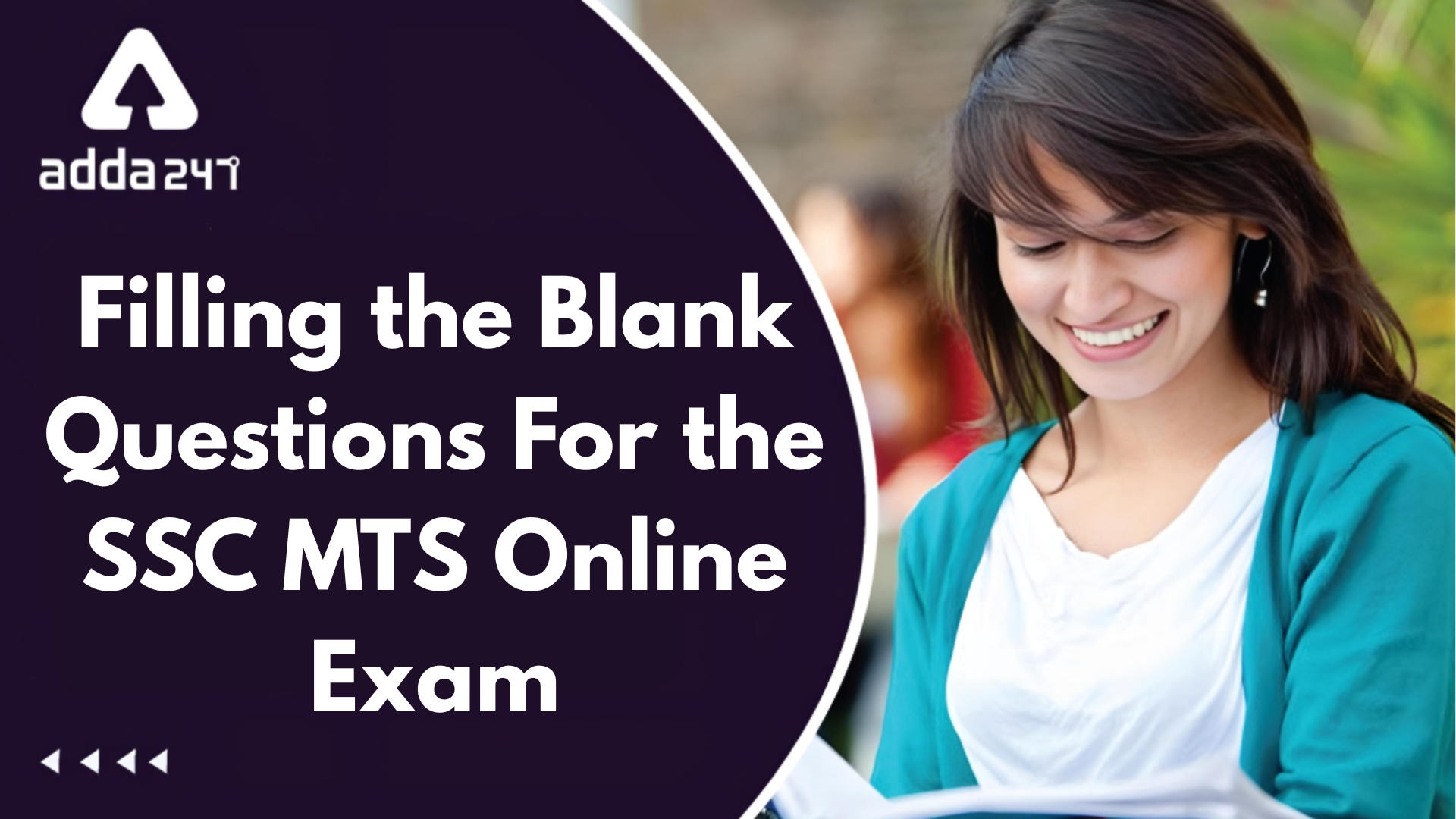
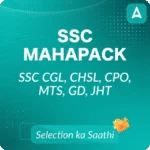


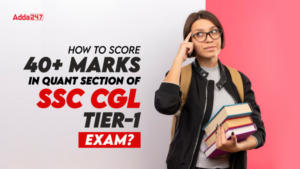 How to Score 40+ Marks in Quant Section ...
How to Score 40+ Marks in Quant Section ...
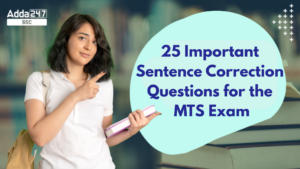 25 Important Sentence Correction Questio...
25 Important Sentence Correction Questio...
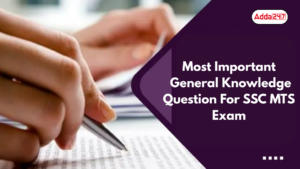 Most Important General Knowledge Questio...
Most Important General Knowledge Questio...

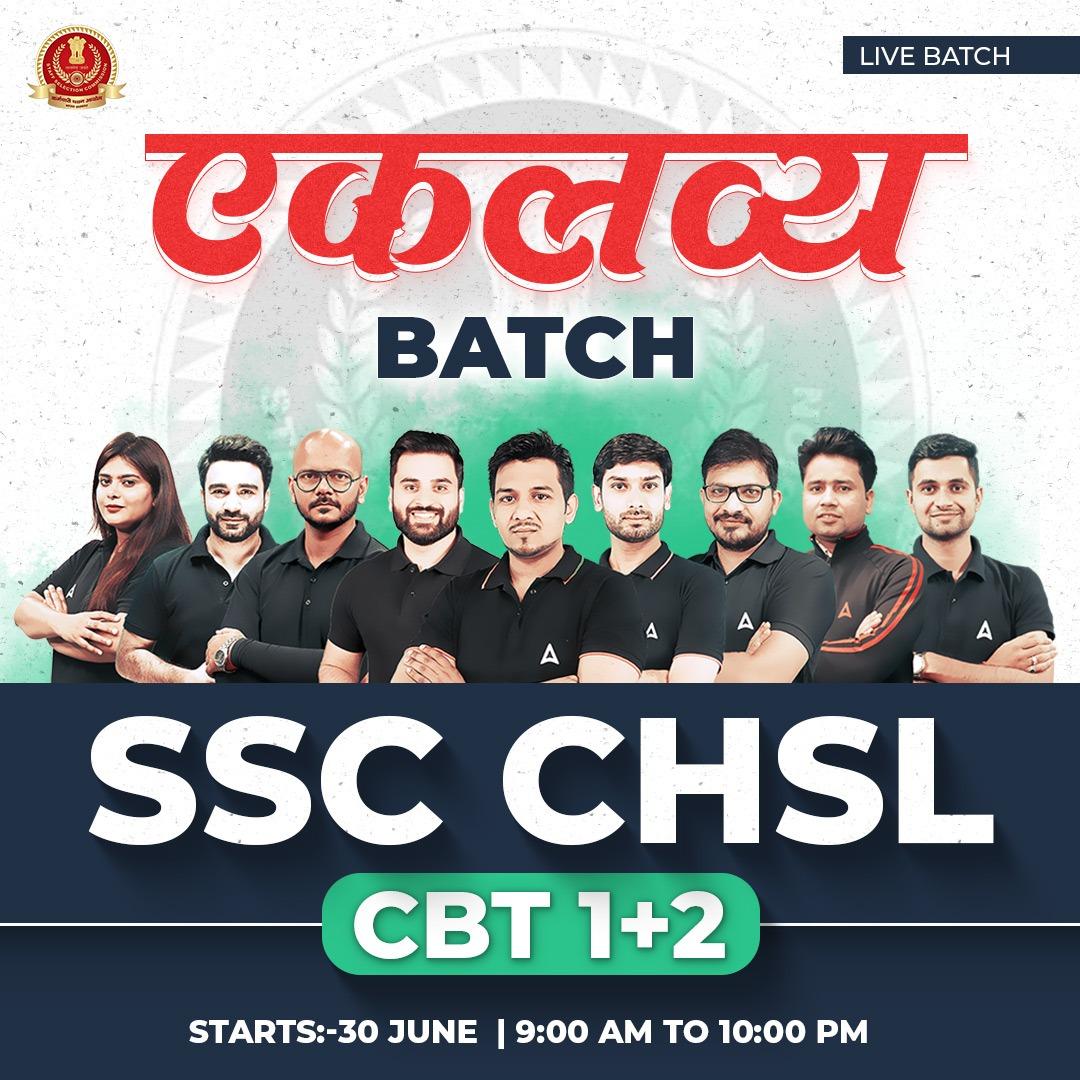
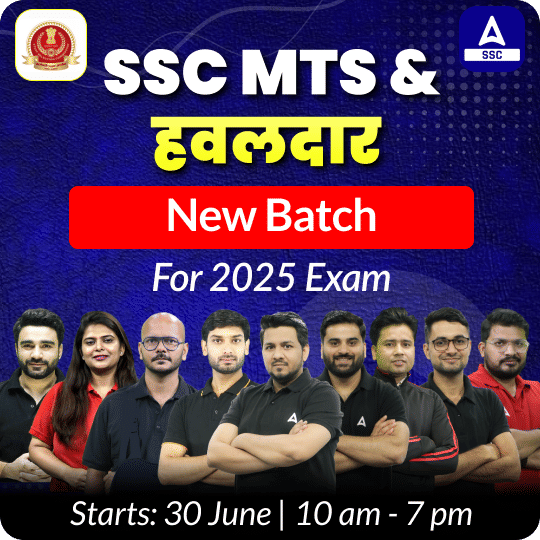
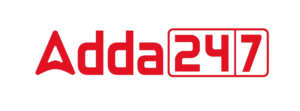 Adda247 Job portal has complete information about all Sarkari Jobs and Naukri Alerts, its latest recruitment notifications, from all state and national level jobs and their updates.
Adda247 Job portal has complete information about all Sarkari Jobs and Naukri Alerts, its latest recruitment notifications, from all state and national level jobs and their updates.